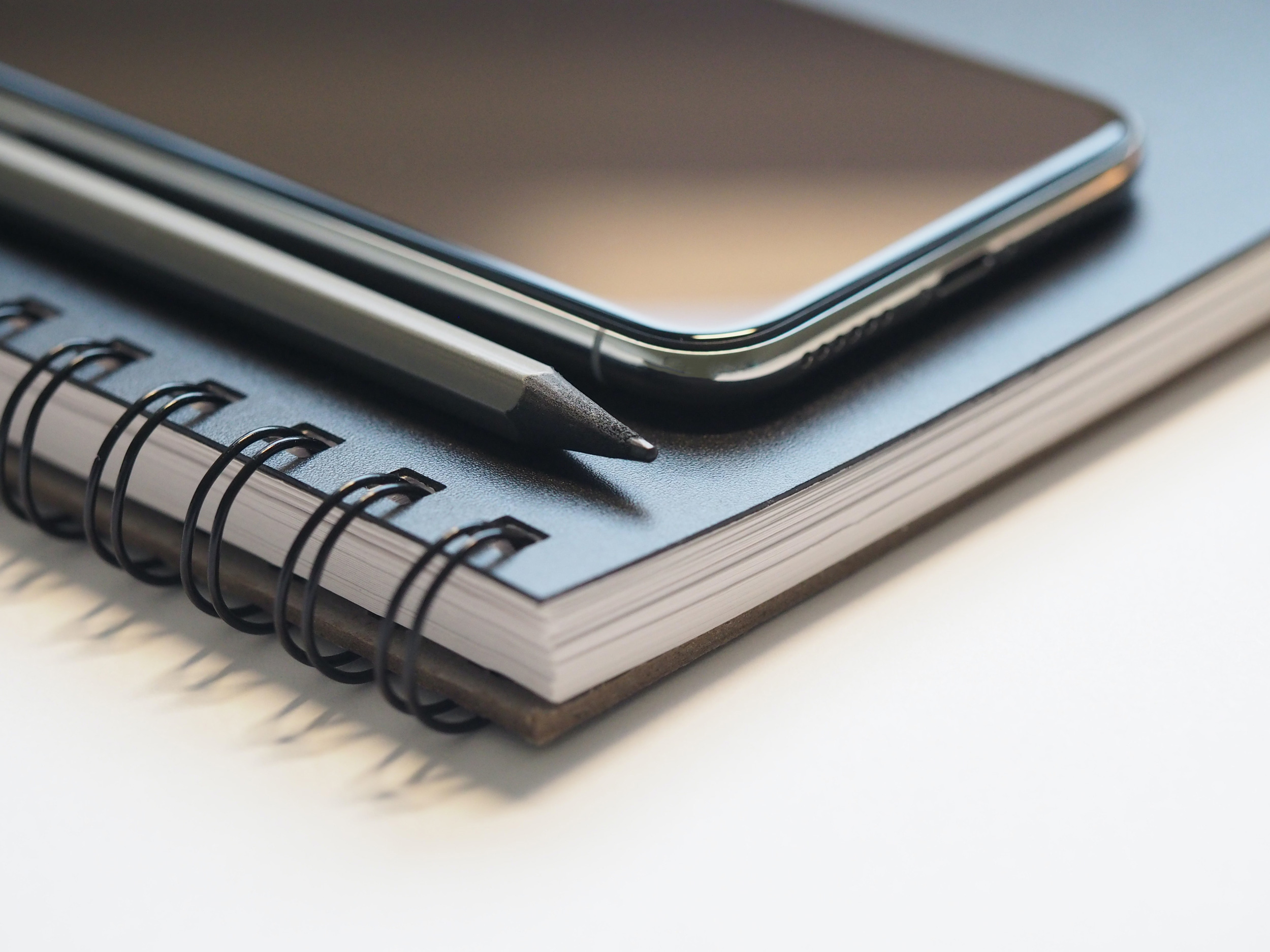
1) Find a dark spot. This might seem both simple and obvious, but for best results, you need to find a location that is relatively free of light pollution. There are several very good resources including websites such as DarkSightFinder.com and smart device apps like LPM (Light Pollution Map). Keep in mind that, in the Northern Hemisphere, the Galactic Core… the most visible part of what we call the Milky Way… is typically towards the southern facing night sky. So, you will want to have a clear and light pollution free southern facing night sky. For example, say you were near Lake Tahoe, CA and wanted to capture the Milky Way. Lake Tahoe itself is a bit too bright to get a strong image. But the areas around the city are reasonably dark and might make a good location in which to set-up your shot. But, where exactly? Heading north from the city will cause you problems. The light pollution from the city… now south of you… would wash out the sky and interfere with your image. But, by leaving the city to the south, the light pollution would be effectively behind you… in the northern facing sky… as you made your attempt to make your image.

2) Track the moon and weather. Moon light is simply reflected sunlight and can make a mess of your attempt to capture the Milky Way. Moon light can bounce off dust, water and smog particles in the air… effectively washing out your view of the Milky Way. Even a quarter moon usually produces enough scattered light to thwart your shoot. Tracking the weather is another critical step needed in your attempt. A cloudy night simply will not work. However, a partly cloudy night can lend another
element and depth to the frame.

3) Minimize the noise, but don’t over do it. Most modern interchangeable lens cameras… strongly recommended for this type of image capture… have two types of built-in noise reduction. There is Long Exposure Noise Reduction (LENR) and High ISO Noise Reduction (HINR). HINR is not recommended. Even though your image will likely require a pretty high ISO… 4,000… 8,000… even 10,000 ISO settings are not unheard of for this type of image capture. On the face of it, HINR seems like a good idea. But, many of the stars filling the night sky are faint and appear to be slightly blue or red in color. HINR looks for and removes noise caused by higher ISO settings. That noise appears as faint flecks of red and blue in the image. Use of the HINR setting essentially tells your camera to ‘eat stars’. On the other hand, LENR is strongly recommended. LENR uses a ‘noise map’ of your sensor’s noise pattern to automatically remove noise caused from the longer exposure. Where does this ‘map’ come from? When engaged, LENR causes your camera to record a second exposure… immediately following the main exposure… of the inside of your camera’s shutter. This allows factors such as sensor temperature, sensor age, ambient air temperature, humidity, etc to be factored in to the noise generated by your sensor at the time you captured the image. The camera then applies the map to the captured image and automatically removes the mapped noise. This is often more effective than removing noise in post-processing. Software simply can’t factor in all the variables that the ‘noise map’ actually records. NOTE: the map creation requires that the camera record the ‘noise map exposure’ for the same amount of time as the original exposure. For example: a 15 second exposure of the night sky would require a 15 second ‘map exposure’… causing your camera to take 30 seconds to complete the overall recording.
To learn more about getting started in astrophotography, check out this helpful link, “Learn Astrophotography for a Fraction of the Cost – Using World-Class Remote Telescopes“

